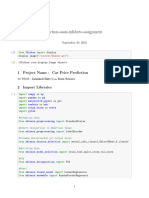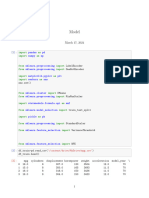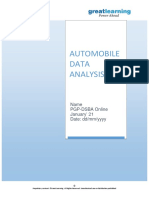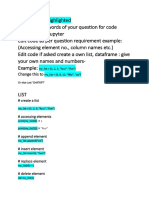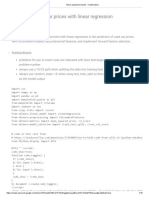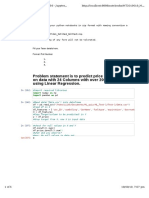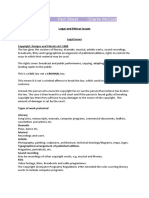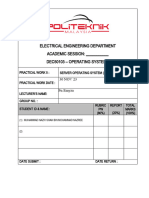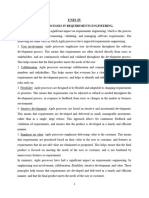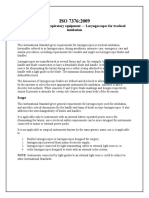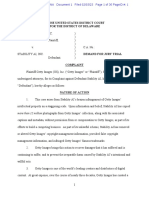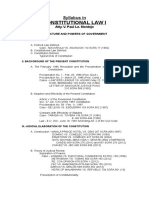0% found this document useful (0 votes)
11 views11 pagesFinalll - Ipynb - Colab
The document outlines a data analysis and machine learning workflow for predicting vehicle prices using a dataset of advertisements. It includes steps for data exploration, preprocessing, feature engineering, model building, and evaluation, utilizing various regression algorithms such as Linear Regression, Decision Trees, and K-Nearest Neighbors. The analysis culminates in model performance comparison through metrics like Mean Squared Error (MSE) and R² scores, along with visualizations of results.
Uploaded by
Asif ManzoorCopyright
© © All Rights Reserved
We take content rights seriously. If you suspect this is your content, claim it here.
Available Formats
Download as PDF, TXT or read online on Scribd
0% found this document useful (0 votes)
11 views11 pagesFinalll - Ipynb - Colab
The document outlines a data analysis and machine learning workflow for predicting vehicle prices using a dataset of advertisements. It includes steps for data exploration, preprocessing, feature engineering, model building, and evaluation, utilizing various regression algorithms such as Linear Regression, Decision Trees, and K-Nearest Neighbors. The analysis culminates in model performance comparison through metrics like Mean Squared Error (MSE) and R² scores, along with visualizations of results.
Uploaded by
Asif ManzoorCopyright
© © All Rights Reserved
We take content rights seriously. If you suspect this is your content, claim it here.
Available Formats
Download as PDF, TXT or read online on Scribd
/ 11











